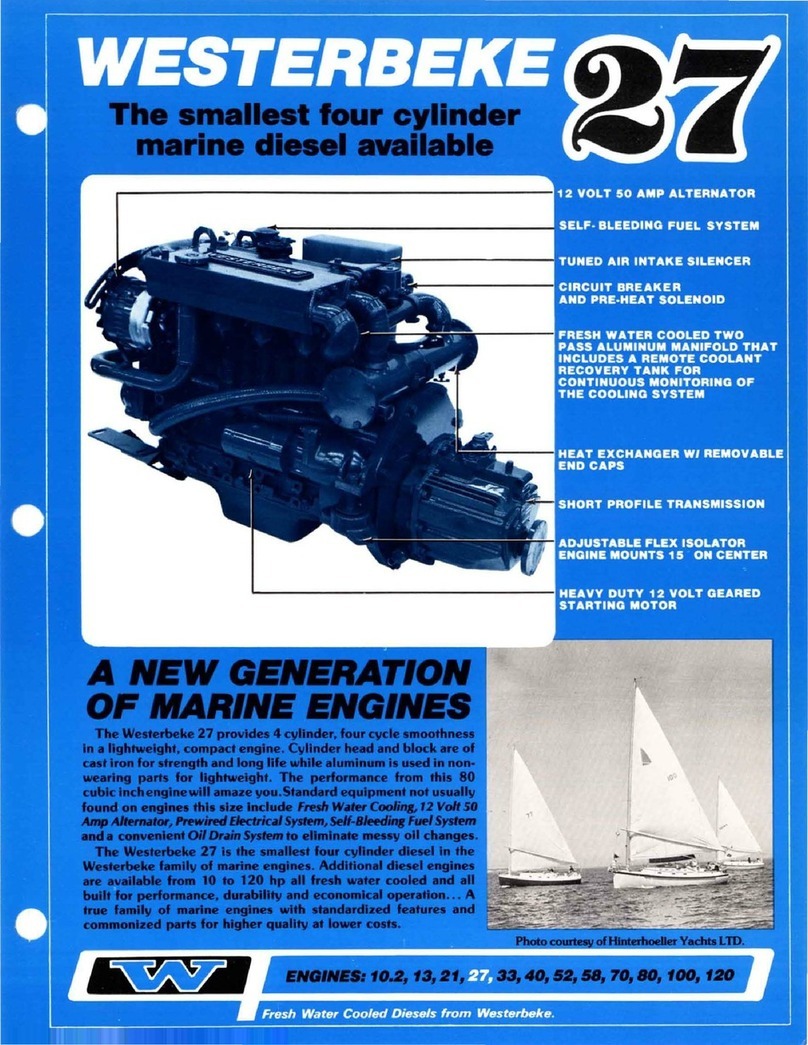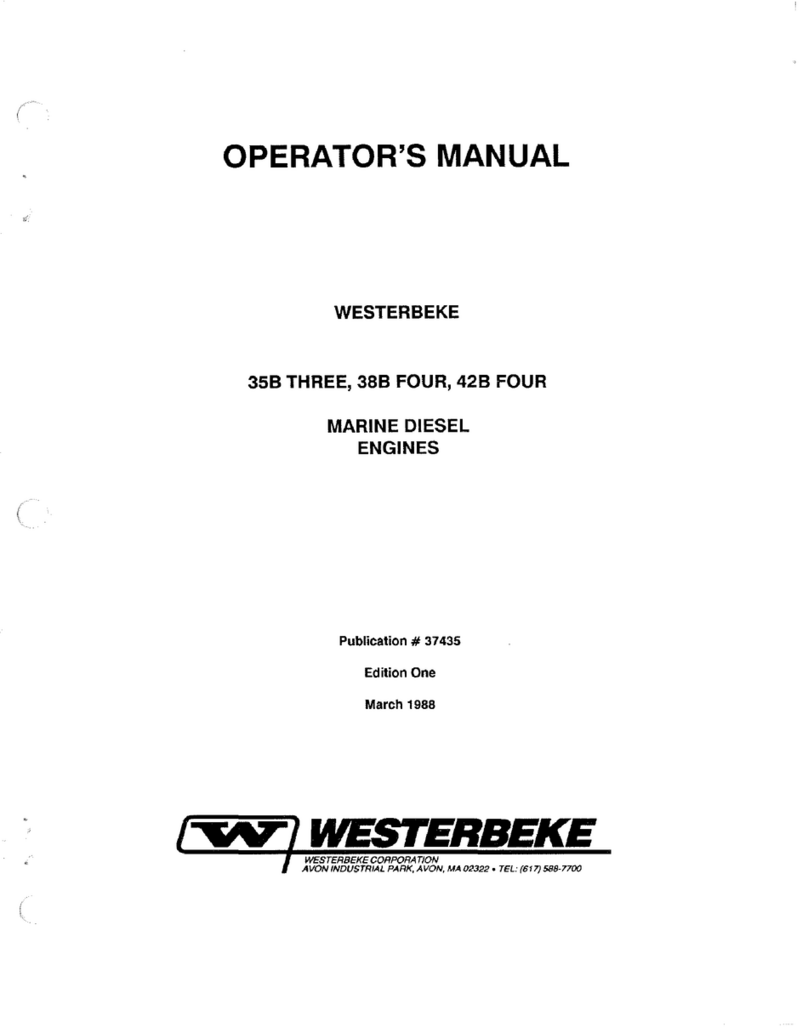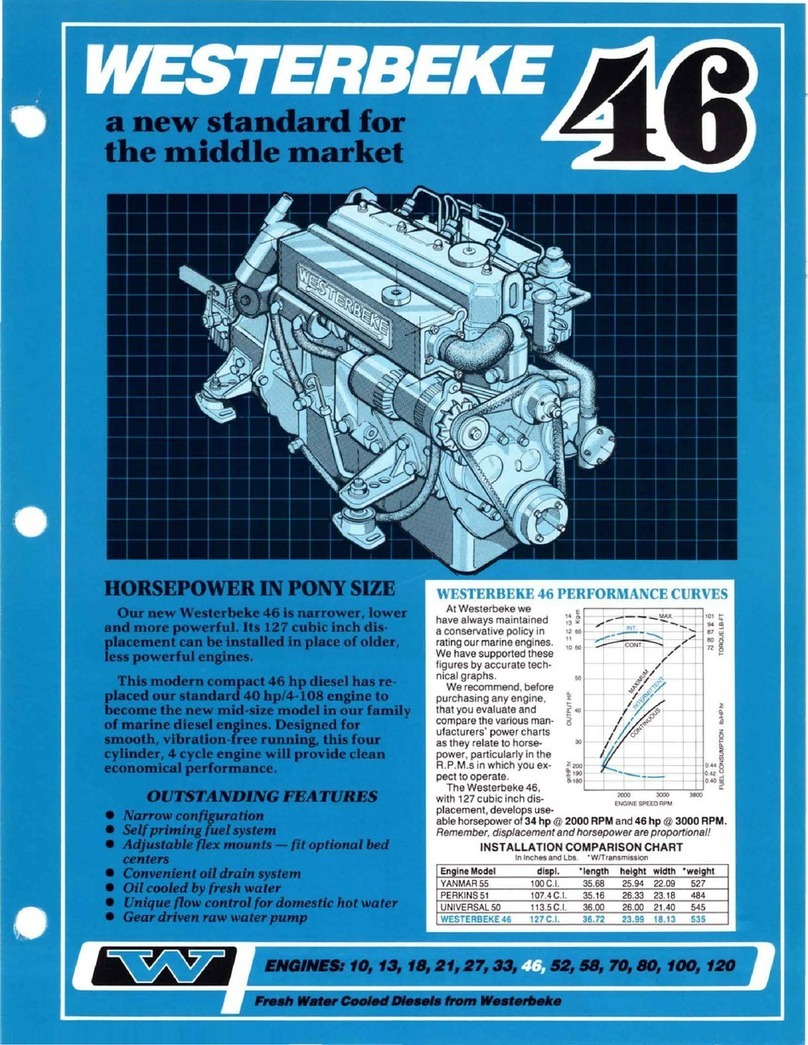Westerbeke L-25 User manual
Other Westerbeke Engine manuals
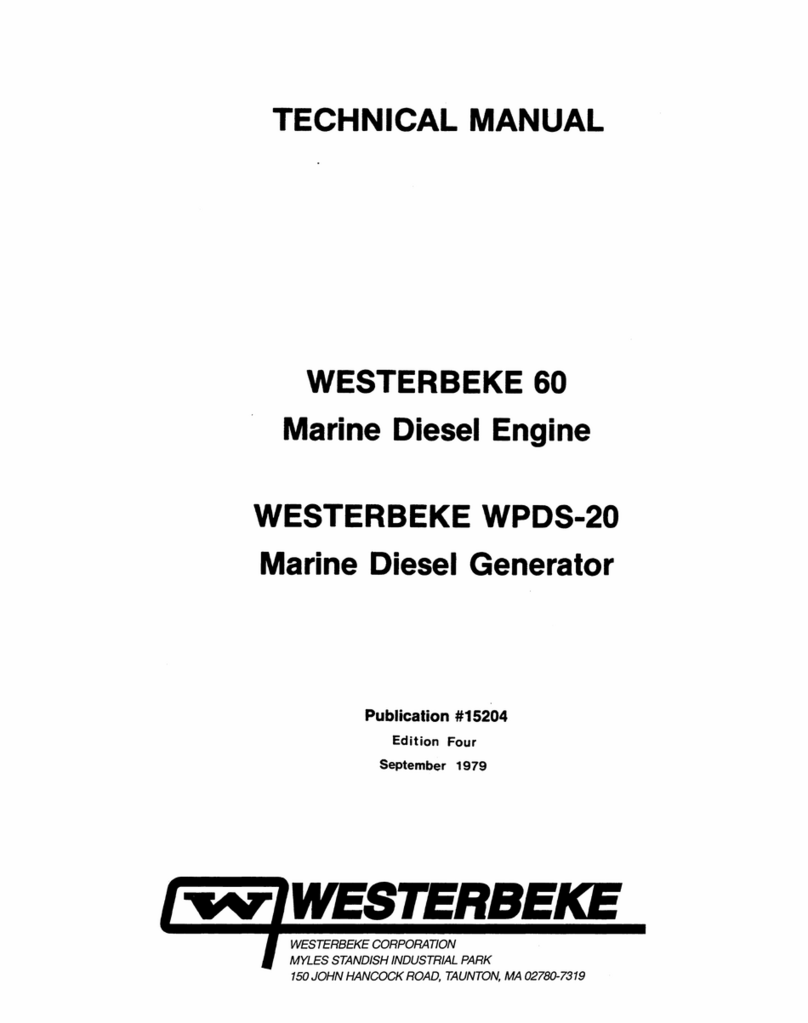
Westerbeke
Westerbeke WPDS-20 User manual
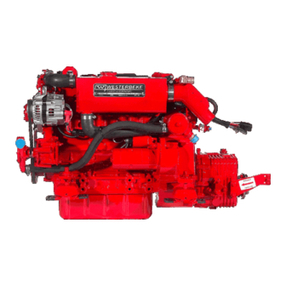
Westerbeke
Westerbeke Universal M-50 User manual

Westerbeke
Westerbeke FOUR-60 User manual
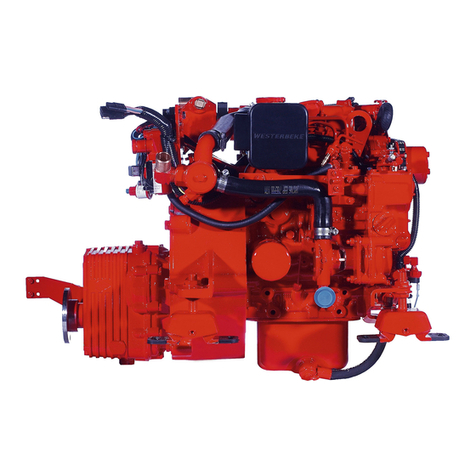
Westerbeke
Westerbeke 12C- TWO User manual
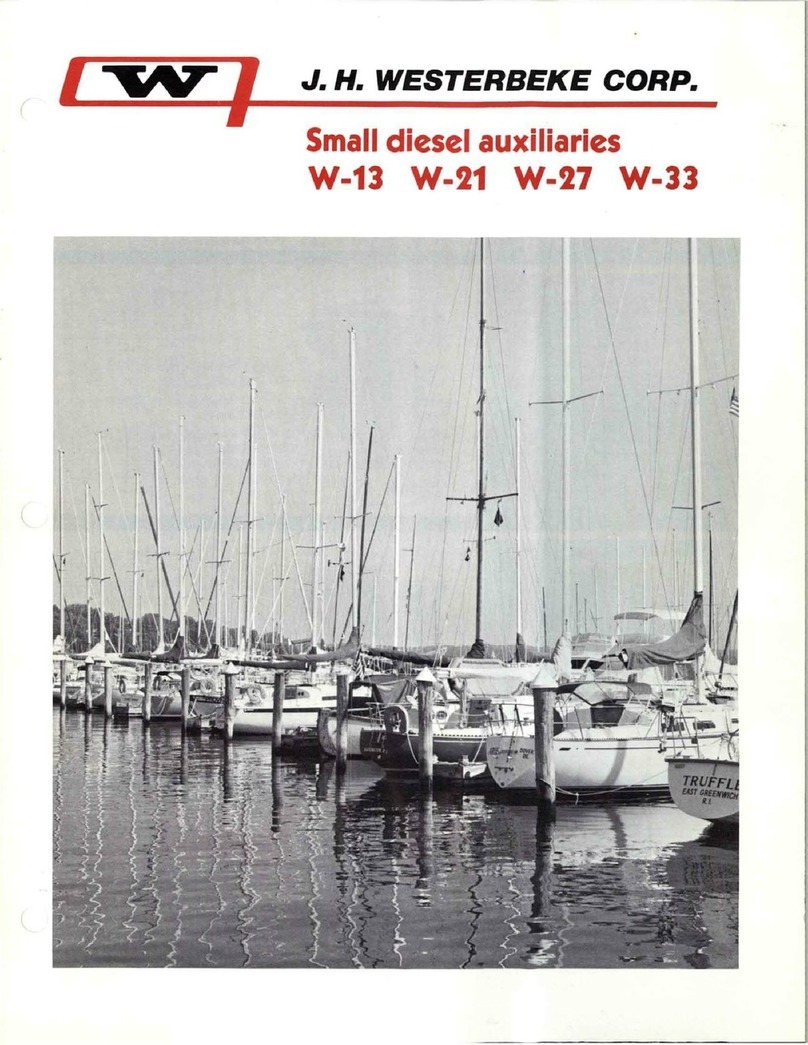
Westerbeke
Westerbeke W-13 Manual
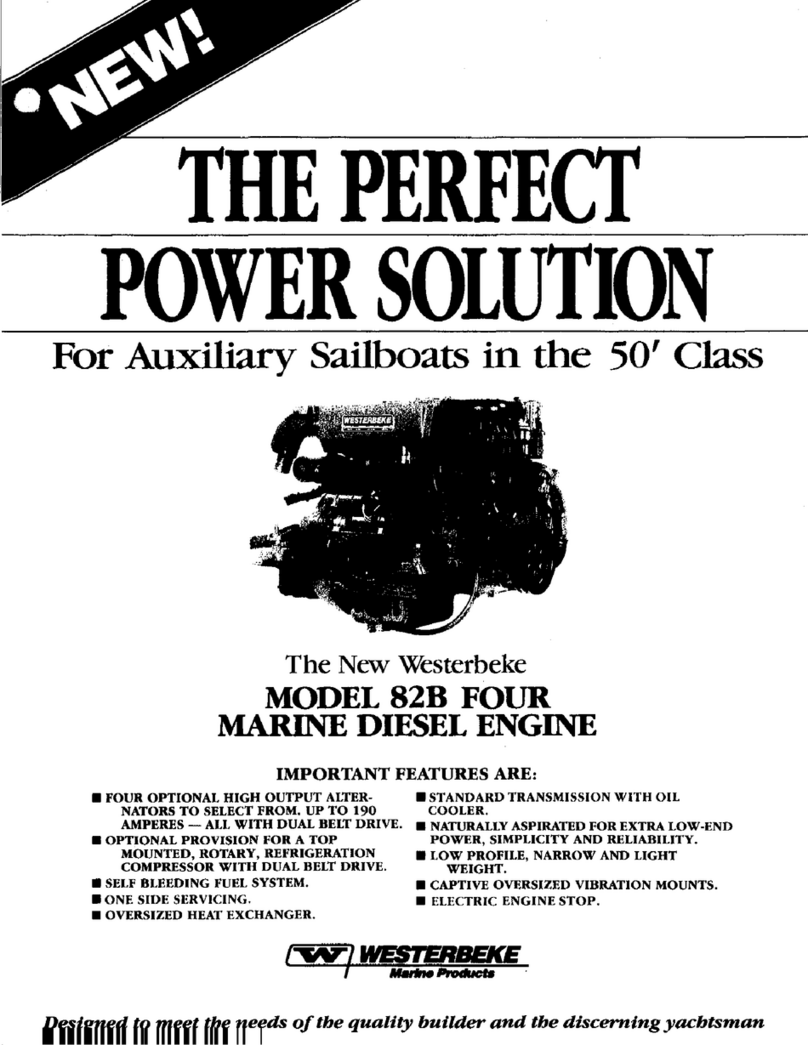
Westerbeke
Westerbeke 82B FOUR User manual

Westerbeke
Westerbeke 12C- TWO User manual
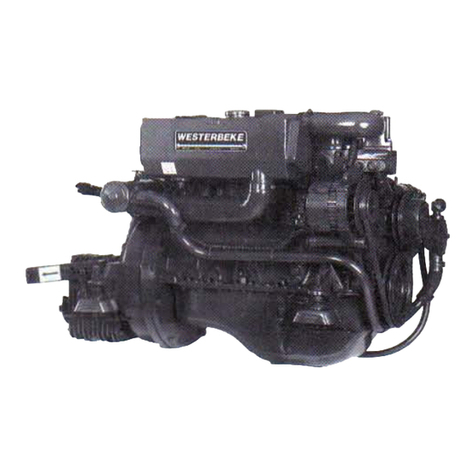
Westerbeke
Westerbeke 63B FOUR User manual
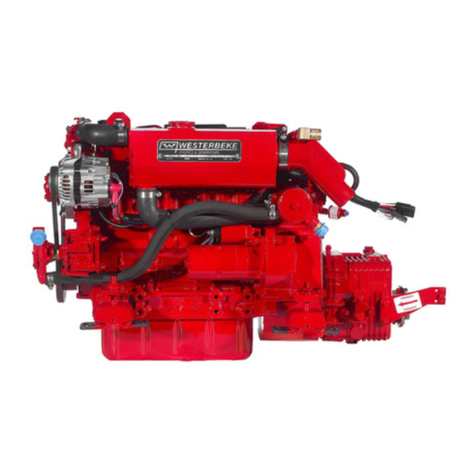
Westerbeke
Westerbeke 14088 User manual
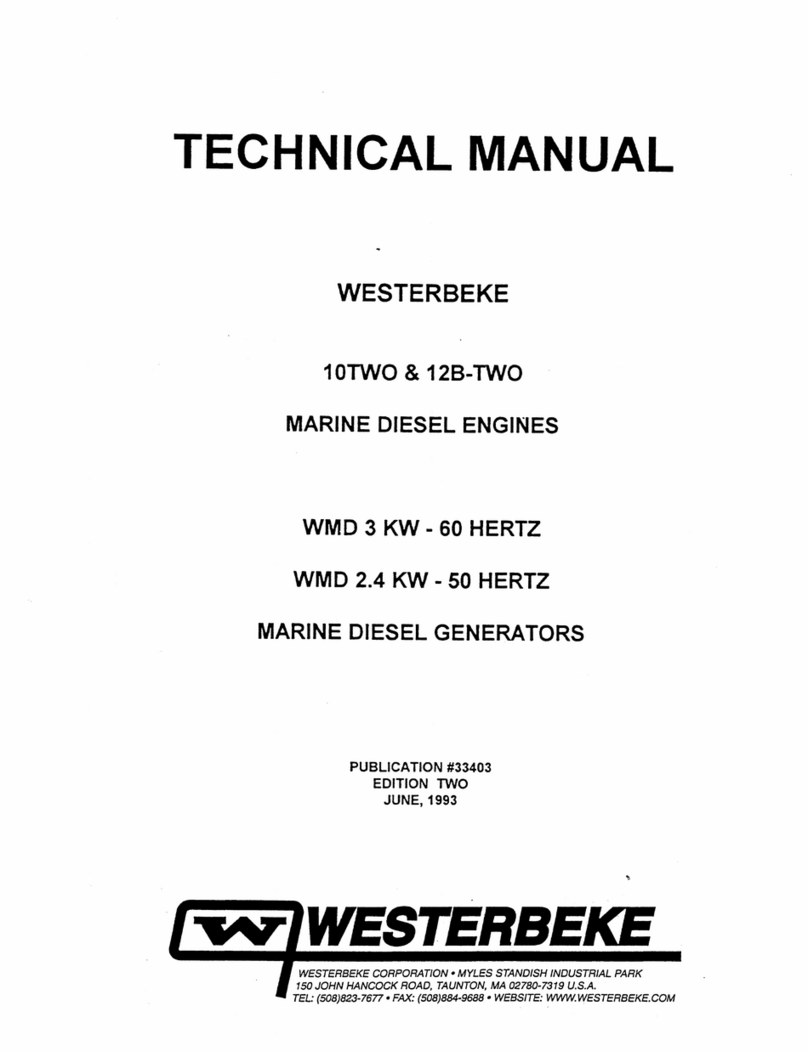
Westerbeke
Westerbeke 10TWO User manual
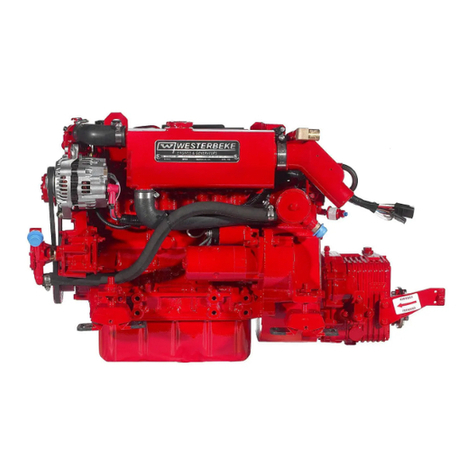
Westerbeke
Westerbeke 44 A FOUR-35C THREE User manual
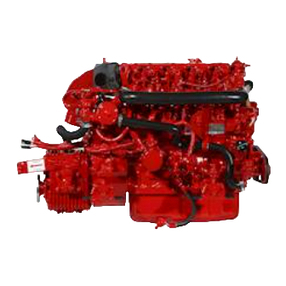
Westerbeke
Westerbeke 55B-FOUR User manual
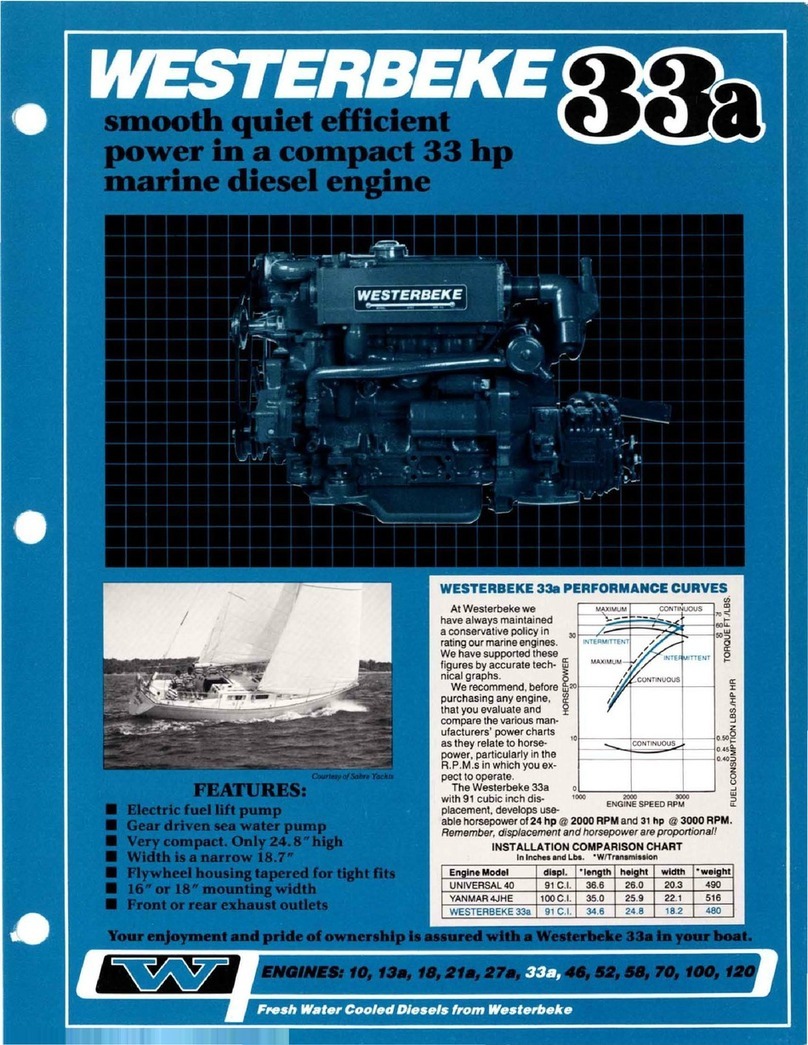
Westerbeke
Westerbeke 33a User manual
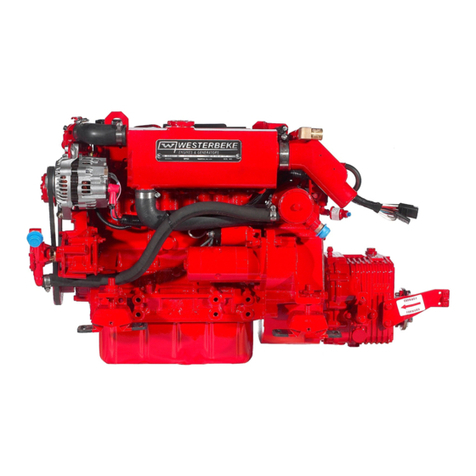
Westerbeke
Westerbeke 44A FOUR - 35C THREE User manual
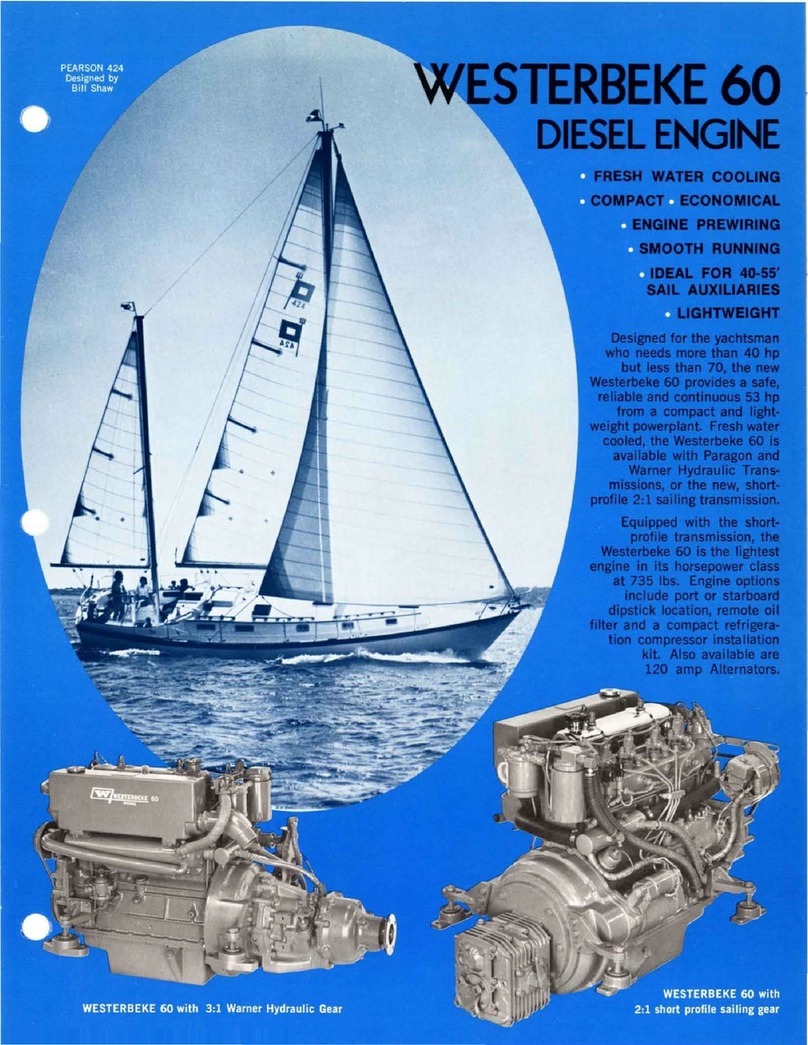
Westerbeke
Westerbeke 60 User manual
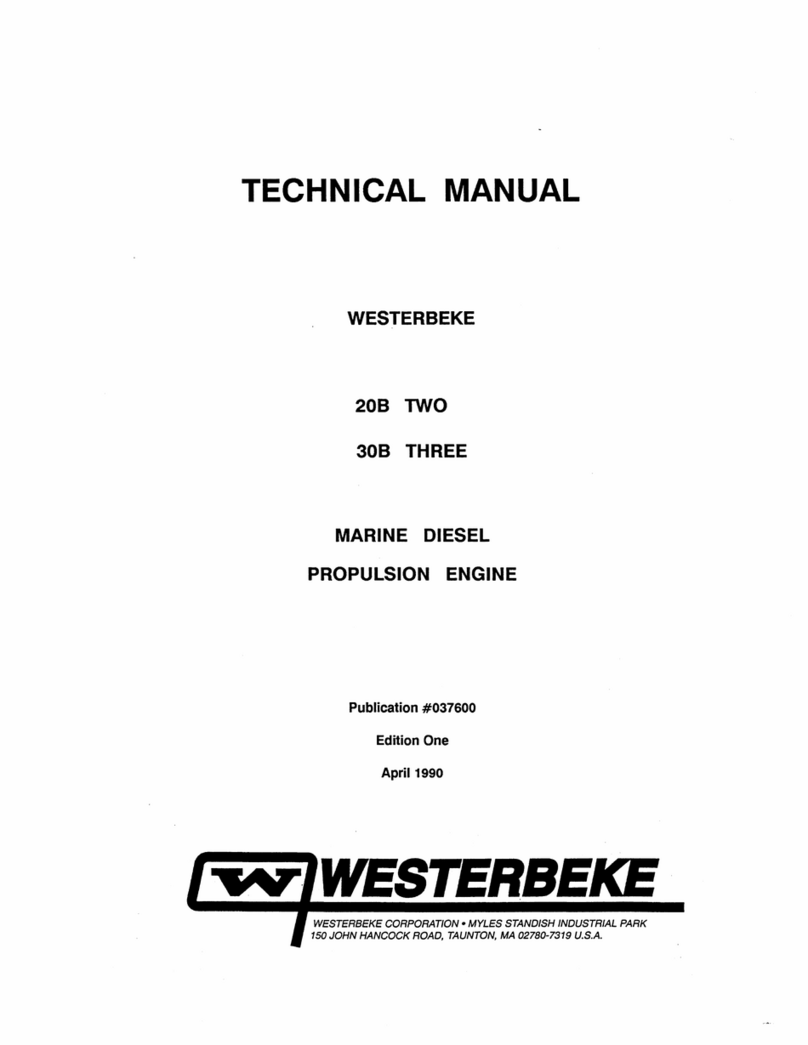
Westerbeke
Westerbeke 20B TWO User manual
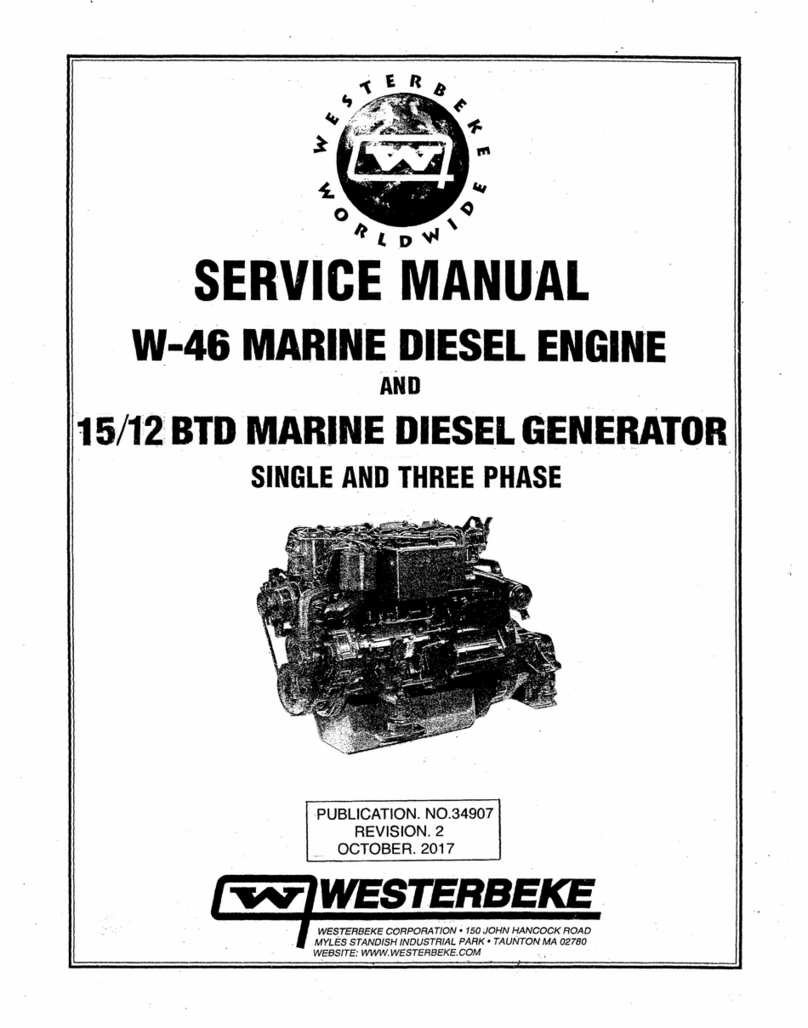
Westerbeke
Westerbeke W-46 User manual
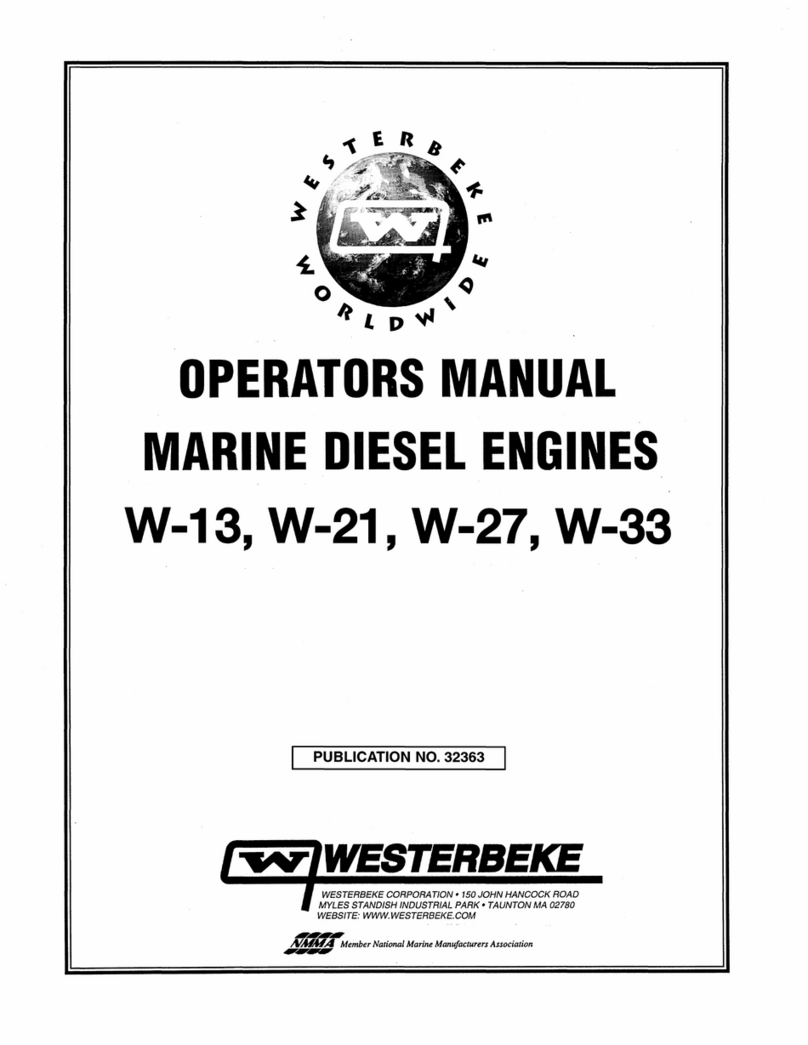
Westerbeke
Westerbeke W-13 User manual
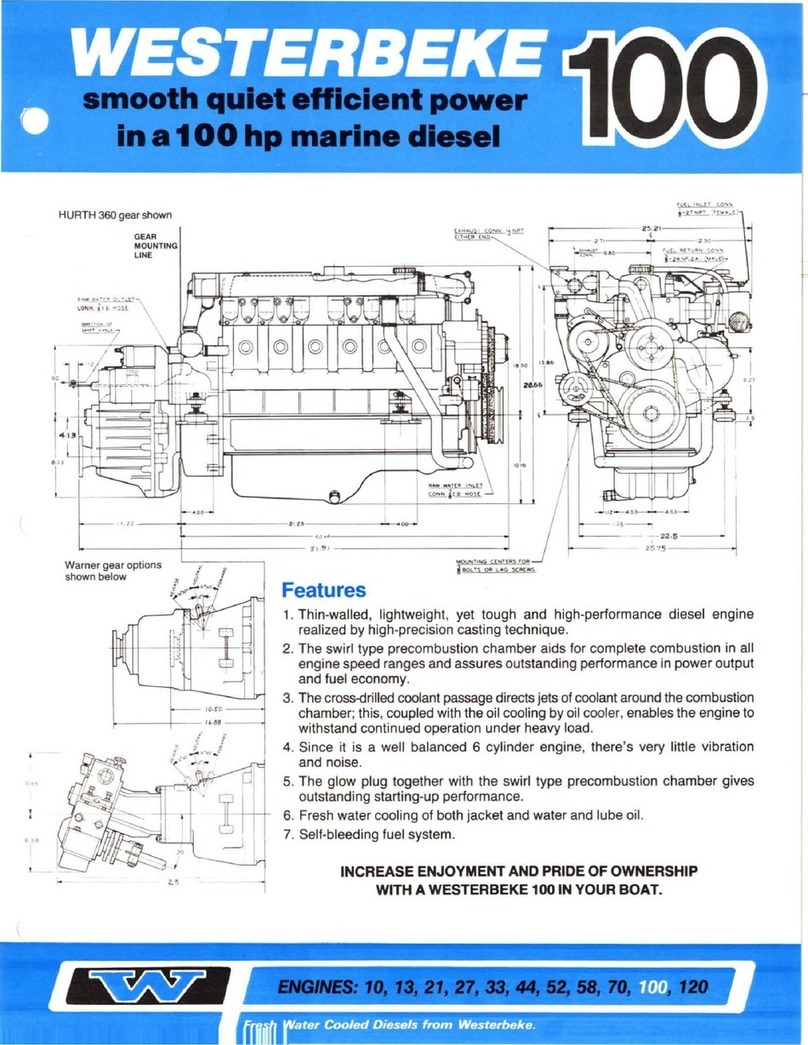
Westerbeke
Westerbeke 10.0 KW-60Hz SBEG User manual
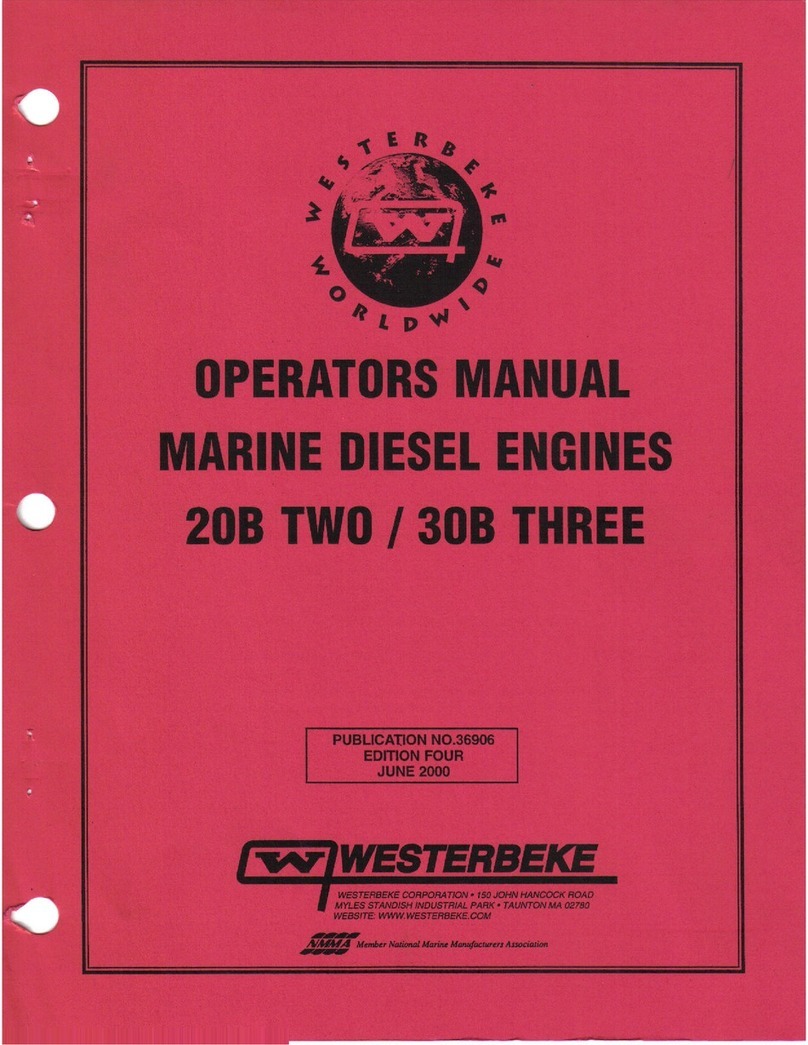
Westerbeke
Westerbeke 30B THREE User manual
